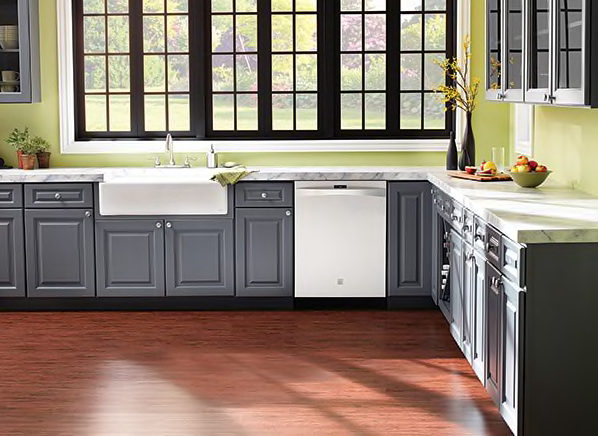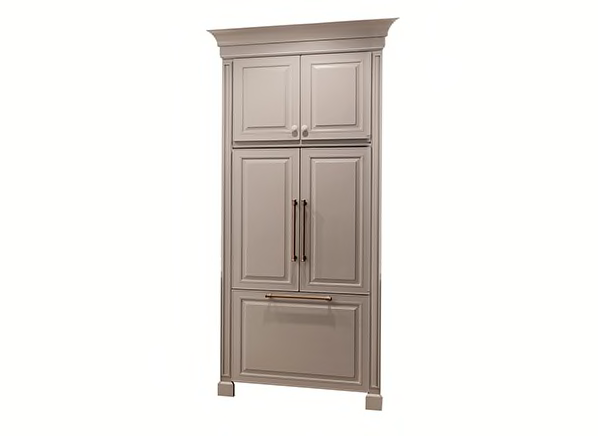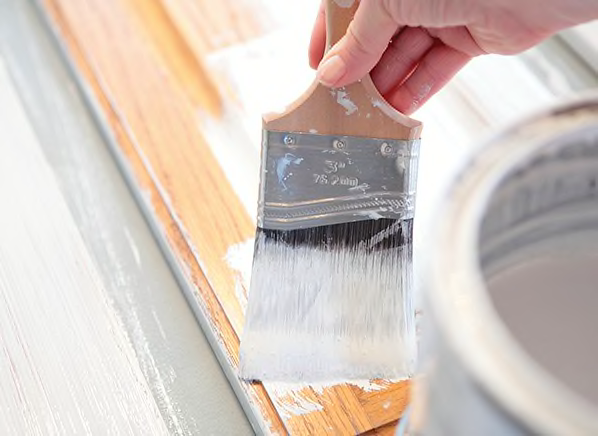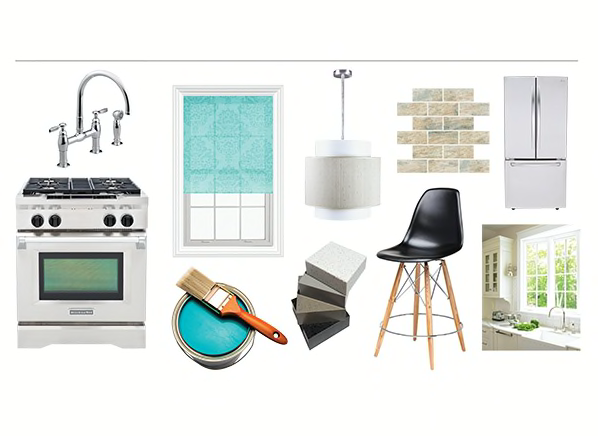Cabinets can be the biggest expense in a full kitchen remodel, accounting for up to 40 percent of the overall budget. They also set the visual tone for the kitchen, and they're a huge part of how well it functions. Bottom line: Get the cabinets right and your chance of loving your new kitchen will go way up. (Planning a kitchen remodel? Tell us about it in the comments below.)
Step 1: Set the budget
Cabinets fall into three categories: stock, semi-custom, and custom. Stock cabinets start around $70 per linear foot (a typical kitchen has 25 to 30 linear feet of cabinets). Home centers sell them fully assembled or stores such as Ikea offer flat-pack versions that will need to be put together onsite; styles and sizes tend to be fairly limited. Semi-custom cabinets, which range from $150 to $250 per linear foot, come in more configurations, so they'll fit your kitchen more precisely, if not perfectly. Custom cabinets can easily cost $500 or more per linear foot; they're crafted to your exact specs and can include many personalized features.
Step 2: Choose a style
The big decision is between framed and frameless. Framed cabinets consist of a box and face frame, to which doors and drawers are attached. Frameless cabinets, often referred to as European-style, eliminate the face frame; doors and drawers attach directly to the cabinet box. That provides great accessibility and a more contemporary look. On the downside, the absence of a face frame can compromise rigidity; better manufacturers compensate by using a thicker box—say, ¾-inch plywood instead of ½-inch particleboard. For the European look in a framed cabinet, opt for a full-overlay door, which covers all or most of the face frame.
Step 3: Pick the features
Accessories can improve cabinet functionality, but they'll also increase the cost by 20 percent or more. A pull-out trash can is a worthwhile addition. Built-in charging stations are helpful, too, because they keep the countertop clear of electronic devices. Appliance garages, those countertop compartments designed to conceal small appliances, don't always offer the best organization. Instead, consider a lift cabinet with a spring-loaded shelf that swings up and out, providing easy access to a mixer, food processor, or other hefty device.
You'll save money by keeping features to the essential. But it doesn't pay in the long run to skimp on the construction. A well-built cabinet has solid wood drawers with dovetail joinery, not stapled particleboard; full-extension drawer guides rather than an integrated rail; and doors with solid wood frames surrounding a solid wood or plywood panel, as opposed to veneered particleboard or a medium-density fiberboard (MDF) panel.


























